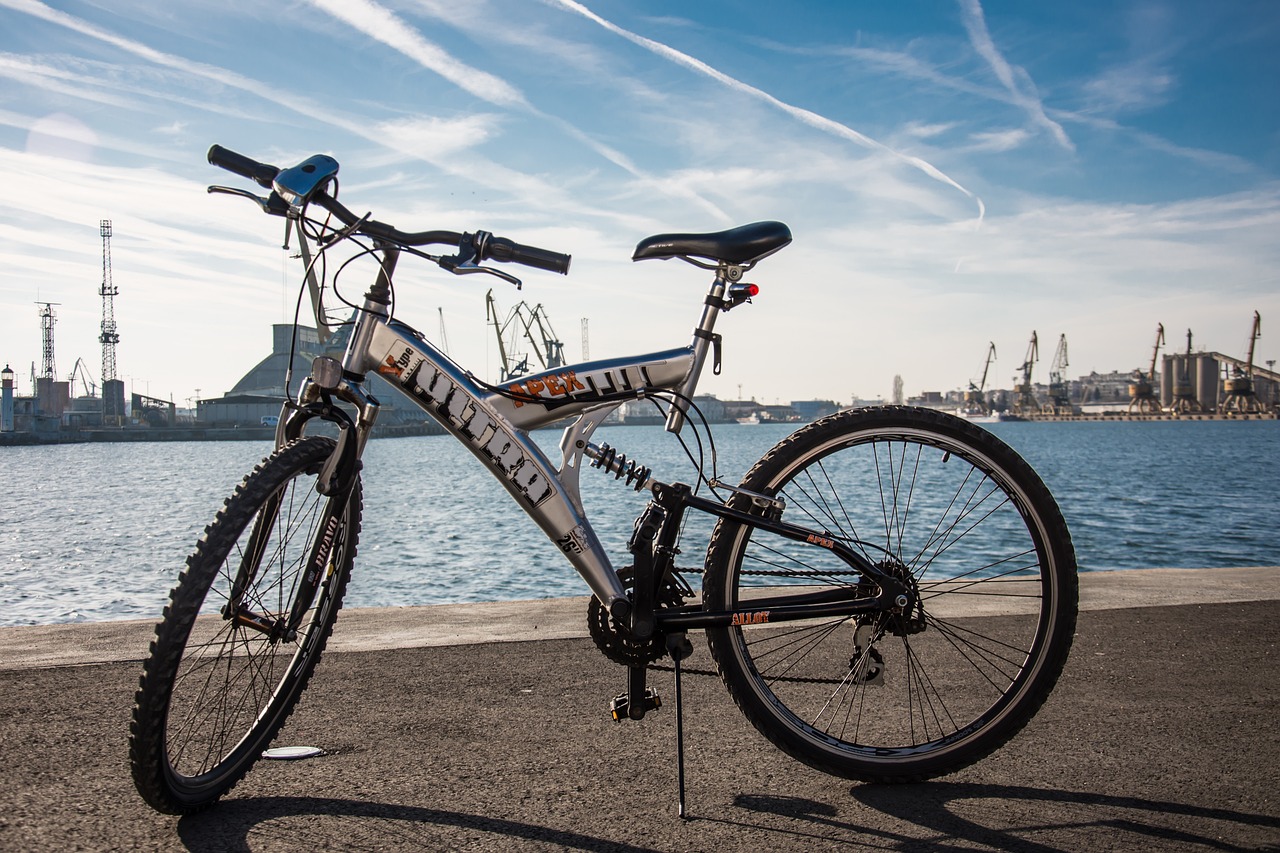For a number of reasons, correct bike fitting is compulsory when it comes to cycling.
A safe, effective, and enjoyable cycling experience depends on proper bike fitting. Unfortunately, many people commit frequent bike fitting mistakes that jeopardize these objectives.
The following are some of the common bike fitting mistakes and tips on how to avoid them:
1. Incorrect saddle height:
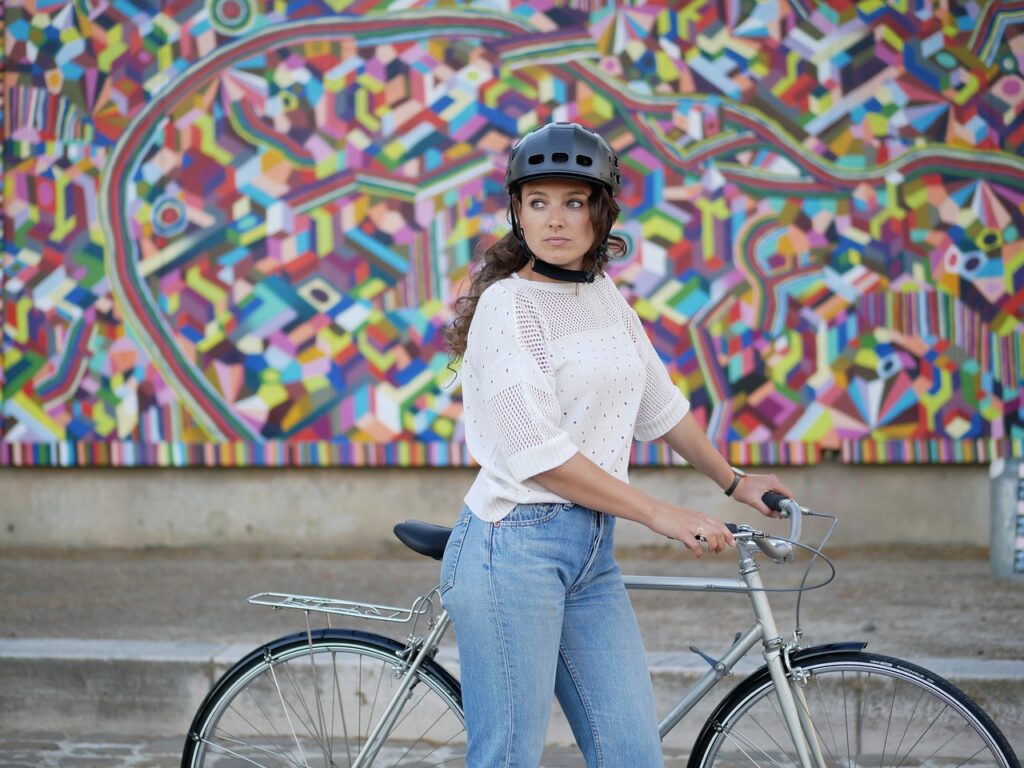
Cycling should be both comfortable and effective, so saddle height is crucial. Too high or too low of a saddle can cause discomfort, ineffective pedaling, and even knee damage. Fortunately, determining the proper saddle height only requires a few straightforward steps and can be completed at home.
Start by adjusting the saddle height while standing next to your bike so that it is in line with your hip bone. To accomplish this, release the seat clamp and adjust the saddle’s height by sliding it up or down as necessary. Sit on the bike with your heels on the pedals once the saddle is at the proper height. Your hips shouldn’t rock side to side while your legs are fully stretched. Legs bowed mean the saddle is too low. The saddle is too high if your hips sway side to side.
Next, set the saddle height so that you can ride with your feet flat on the pedals and your knees slightly bent. This will provide a safe and effective pedaling motion and help prevent knee injuries. To keep the saddle from moving while you’re riding, tighten the seat clamp firmly after adjusting the saddle height.
2. Improper saddle position:
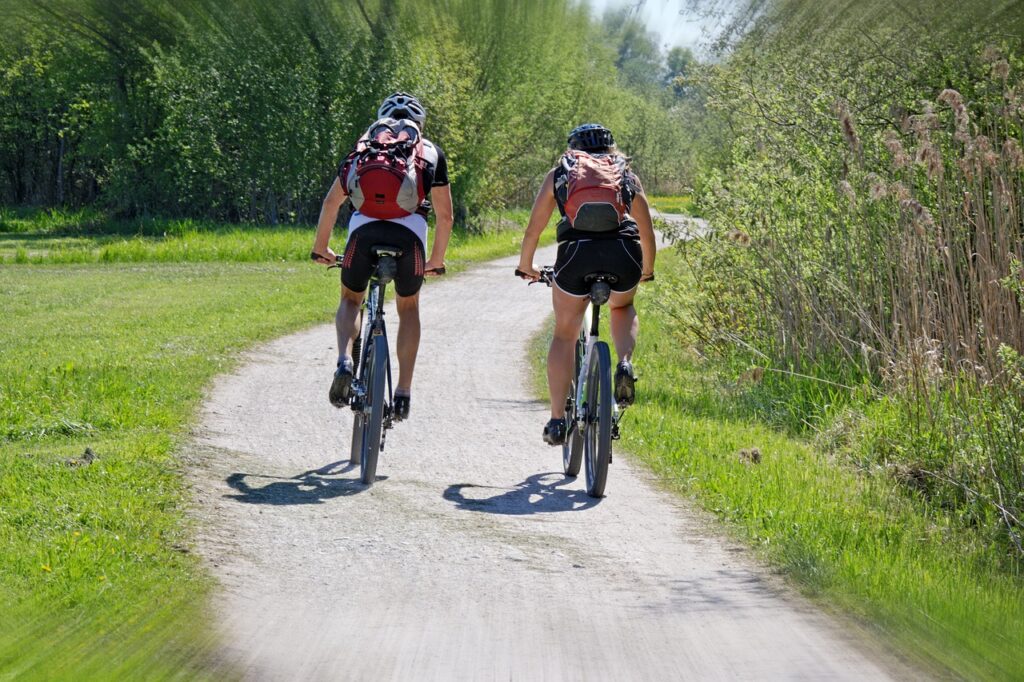
A pleasant and effective riding position is achieved by positioning the saddle correctly. Your balance, power output, and general comfort can all be impacted by a saddle that is too far forward or back.
Start by sitting on the bike and setting the pedals parallel to the ground to get the proper saddle position. Then, with the crank arm parallel to the seat tube, place your forward foot on the pedal. By doing this, you can make sure that your leg is placed correctly for pedaling.
The saddle should then be adjusted so that the pedal spindle is intersected by a plumb line that is lowered from the bony protrusion right below your kneecap. This will make it easier for you to create power effectively and keep your knee in the right posture for pedaling.
3. Incorrect handlebar position:
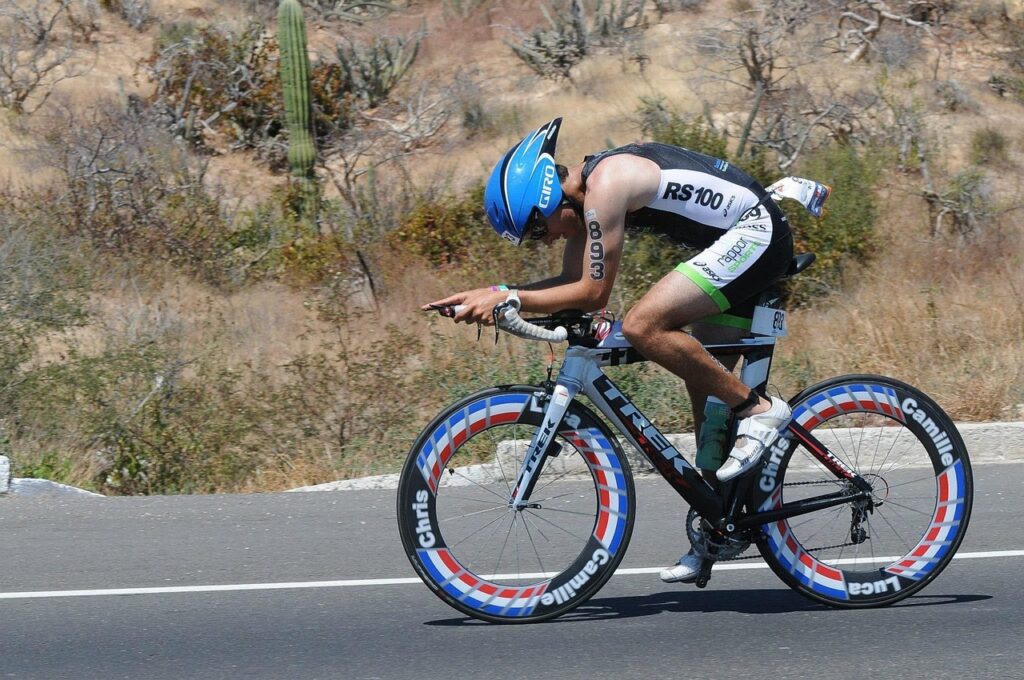
It’s essential to find a handlebar position that feels good to enjoy your ride and prevent neck, shoulder, and wrist pain.
The neck, shoulders, and wrists may become uncomfortable if the handlebars are positioned improperly.
Start by making sure your shoulders are down and your upper body is at ease. This will make it easier for you to maintain proper posture while riding and ease the strain on your neck and shoulders. Starting in a neutral posture is a fantastic idea, and you may then try out several positions to see which one feels most comfortable.
Changing the height and reach is one approach to changing the handlebar position. This can be accomplished by varying the stem length and adding or removing spacers. Your neck and shoulders may be less stressed if you raise your handlebars, while your wrists may feel less strain if you extend your reach.
It’s vital to be aware of how your body feels when you experiment with various positions. If you feel uncomfortable or in pain, your handlebar position may need to be adjusted.
4. Wrong stem length:
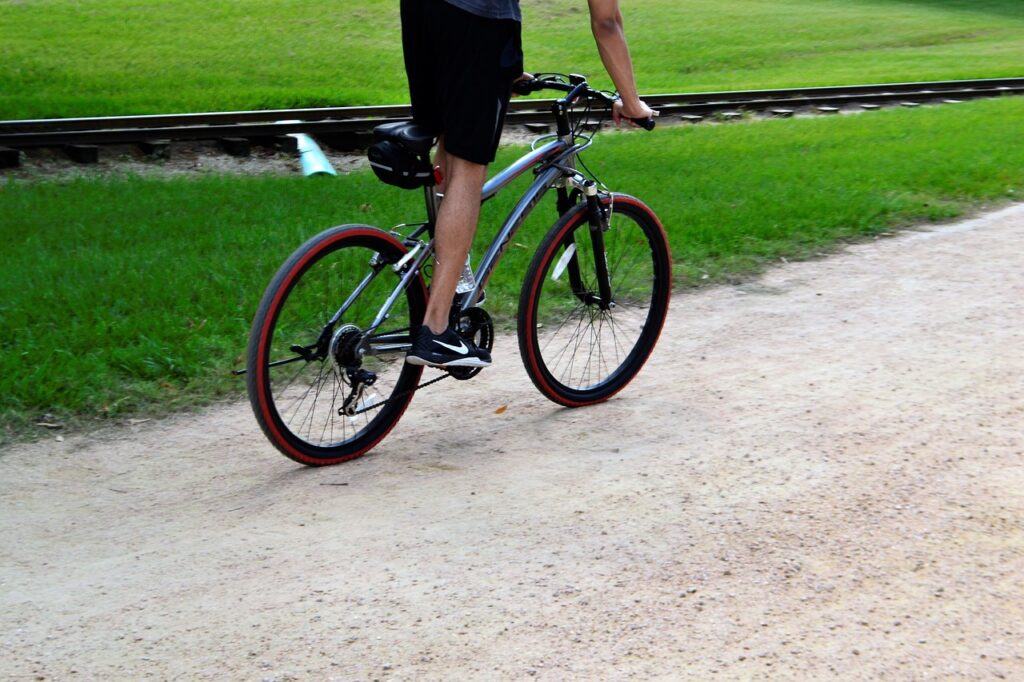
The handling, responsiveness, and comfort of your bike can all be affected by using the incorrect stem length. There are a few important elements to take into account while choosing the proper stem length. It’s crucial to choose carefully because the stem length can significantly affect how your bike handles, how sensitive the steering is, and how comfortable it is overall.
Finding a stem length that offers a comfortable reach without putting undue stress on your back
This will make it easier for you to keep yourself in a relaxed riding position for extended periods, which can be essential on longer rides.
It’s a good idea to experiment with a few various stem lengths before settling on one. Try out a stem that is roughly the same length as you are now, and then progressively change the length until you find the one that feels most comfortable.
5. Neglecting cleat position:
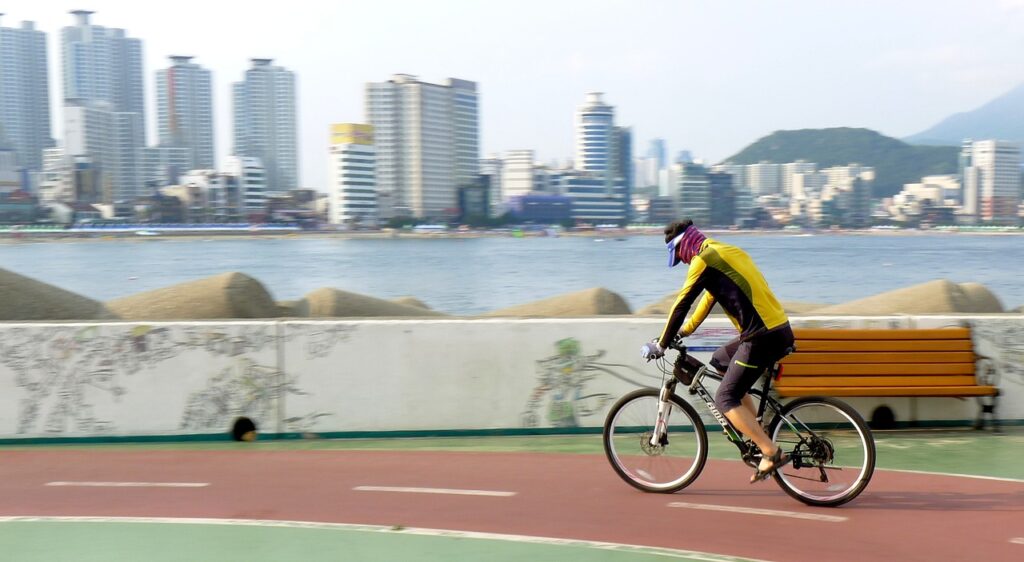
Inadequate cleat alignment while using clipless pedals can cause discomfort, knee pain, and decreased power transfer. Consult a qualified bike fitter to identify the best cleat position for your foot structure and pedaling style to remedy this. There are a few extra actions you can take to make sure that your cleat position is ideal for your riding style and foot shape, in addition to working with a professional bike fitter and making sure your cleats are aligned correctly.
First, check to see that both shoes have their cleats positioned evenly. By doing this, you may ensure that your power is transferred equally between your two legs and lower your chance of injury.
Find the most comfortable and effective cleat position for your pedaling style by experimenting with the fore-aft location of the cleats. To lessen discomfort and lower the chance of knee pain, move the cleats on the shoe forward or backward.
To make sure that the cleats are in line with the natural angle of your feet, lastly, modify their lateral position. This will lessen the chance of injury and increase power transfer.
FAQS:
How long does it take to get used to a bike fit?
It can take a few rides to get used to a new bike fit. Your body may need time to adjust to the new position, and you may experience some discomfort or soreness as a result.
What is the best bike fit position?
The best bike fit position is one that allows you to ride comfortably and efficiently.
Where do I start with a bike fit?
If you’re looking to get a bike fit, the best place to start is by assessing your current bike position and identifying any areas of discomfort or pain. This can help you to identify which parts of your bike fit may need adjustment.
Conclusion:
As your body adapts or your riding style changes over time, keep in mind that bike fitting is a dynamic process. Reevaluate your fit frequently, and adjust as necessary, to ensure the best possible riding experience. Consider getting a professional bike fitting session if you ride with ongoing discomfort or pain or if you want to increase your cycling performance. It’s a wise investment that can increase riding comfort, effectiveness, and enjoyment.

